In a data-driven manufacturing environment, how can a secure, distributed automation architecture be developed? Balancing fog computing and cloud computing will help the Industrial Internet of Things (IIoT) better realize its potential.
By implementing automation systems through the IIoT, deploying sensors to measure, monitor, and analyze data can enhance efficiency and increase revenue in production operations, benefiting more and more manufacturing enterprises.
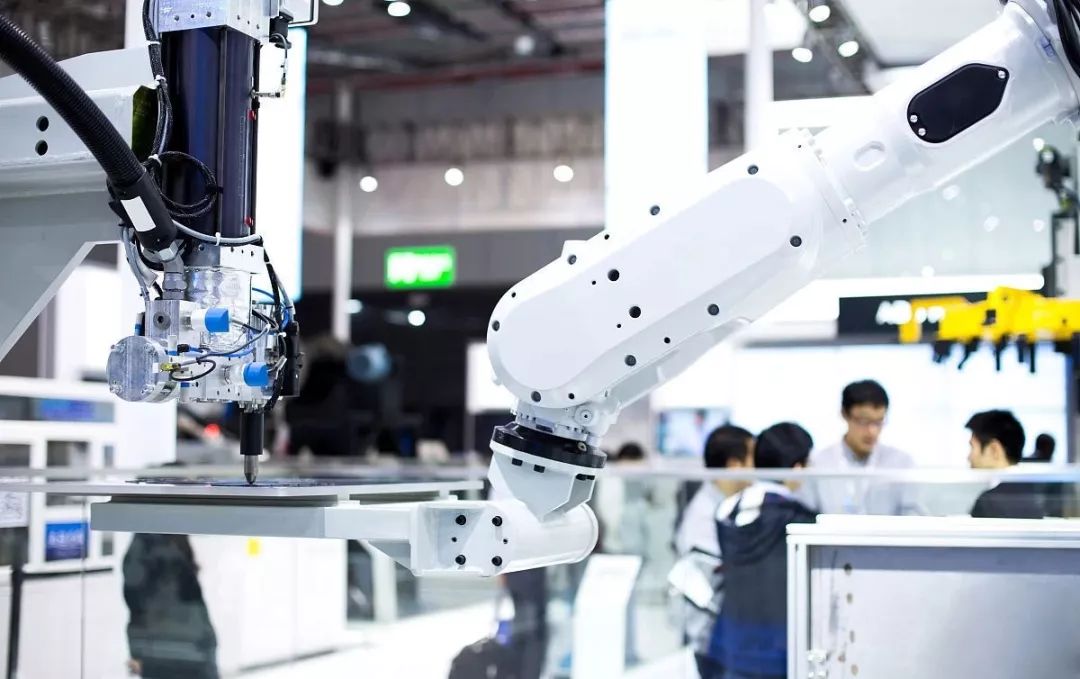
The amount of data generated by these newly connected factories is staggering, even measurable in petabytes (one million gigabytes): sensors connected to Industrial Control Systems (ICS), autonomous unmanned machines, industrial robots, and video surveillance cameras covering the entire site generate millions of data streams.
Using traditional Information Technology (IT) methods to handle Operational Technology (OT) environments can no longer meet the challenges posed in controlled, stringent operational environments that require interconnectivity with vendors regarding capacity, latency, mobility, reliability, security, confidentiality, and network bandwidth. It is time to adopt new architectural approaches that allow IIoT to fully realize its potential in fog computing.
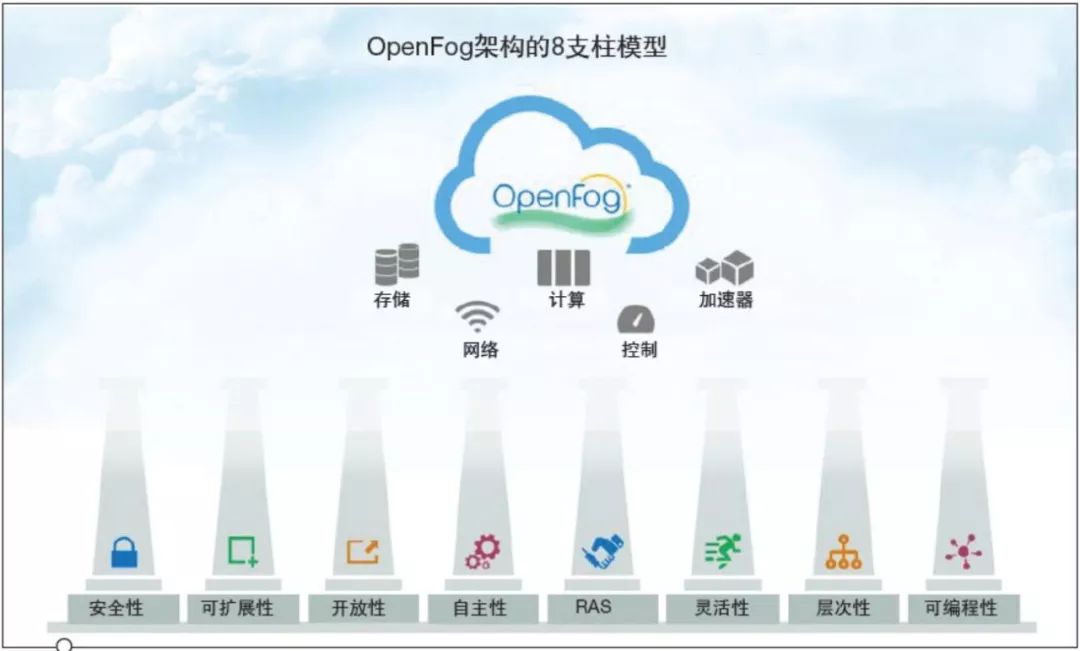
Figure 1: The image shows the 8 pillar models of the OpenFog architecture, including security, scalability, openness, autonomy, reliability/availability/serviceability (RAS), flexibility, hierarchy, and programmability. Image source: OpenFog Alliance
Defining Fog Computing
Fog computing is designed for data-intensive, high-performance computing, and high-risk environments.Fog is an emerging distributed architecture that bridges the cloud and connected devices without requiring permanent cloud connections on-site and in factories. By selectively transferring computing, storage, communication, and control, fog computing can make decisions close to the IoT sensors and actuators (where data is generated and used). It is a beneficial complement to cloud computing rather than a complete replacement, enabling efficient, economical, secure, and constructive use of IIoT in manufacturing environments.
Fog is sometimes referred to as edge computing, but there are key differences between them.Fog is a superset of edge functionality. The fog architecture combines resources and data sources with a hierarchy residing on north-south edge devices (cloud to sensor), and east-west edge devices (function to function or point to point) for maximum efficiency. Edge computing is often limited to a few north-south layers, typically associated with simple protocol gateway functions.
Fog nodes are the fundamental elements of the fog architecture.Fog nodes can be any devices providing computing, networking, storage, and acceleration elements of the fog architecture. For example, industrial controllers, switches, routers, embedded servers, complex gateways, programmable logic controllers (PLC), and intelligent IoT nodes (such as video surveillance cameras).
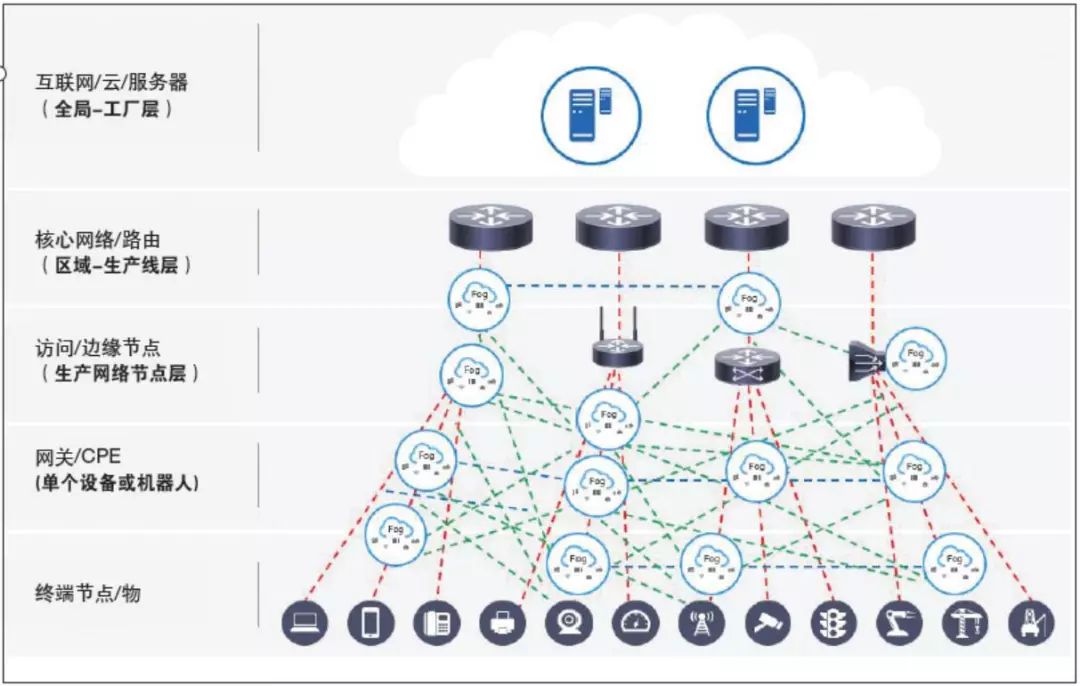
Figure 2: Fog nodes in a smart factory: individual machines, manufacturing units, and production lines are interconnected to optimize infrastructure for service delivery.
The Benefits of Fog Architecture for Factories
Factories can fully leverage the data streams from the fog node layer, enhancing interconnectivity between factories.Fog nodes located at lower levels of the overall architecture, such as individual computers, can directly connect to local sensors and actuators for timely data analysis and interpretation of abnormal conditions. If authorized, they can autonomously respond to and compensate for problems or resolve issues. Additionally, fog nodes can send appropriate service requests to higher-level fog hierarchy that possess better technical resources, machine learning capabilities, or maintenance services.
If operational conditions require real-time decision-making, such as shutting down equipment before damage occurs or adjusting critical process parameters, fog nodes can provide millisecond-level analysis and operations.Manufacturers do not need to route through cloud data centers for this real-time decision-making. This helps avoid potential latency issues, queue delays, or network/server downtime, all of which can lead to industrial accidents, reduced production efficiency, or product quality.
In factories, higher-level fog nodes can gain a broader perspective on industrial processes.They can add more functionalities such as visualizing production line operations, monitoring the status of malfunctioning machines, adjusting production parameters, modifying production schedules, ordering supplies, and sending alerts to the appropriate personnel.
Fog Computing in the Industrial Sector
To illustrate how fog computing works in harsher environments, let’s first understand the oil pipeline using pressure and flow sensors, control valves, and pumps. Traditionally, remote sensors read data and transmit it to the cloud via expensive satellite links for data analysis and anomaly detection. The cloud sends commands back to operators for valve position adjustments.
Due to the high cost of network bandwidth and potential connectivity issues, especially in adverse weather conditions, this approach is sometimes not ideal. Data transmissions may also be vulnerable to hacking, and the round-trip latency may be too long, all of which can slow down response times and affect responses to critical events.
By adding fog computing and placing local fog nodes near the pipeline, they can connect to sensors and actuators through inexpensive and fast local network facilities.Fog nodes enhance security performance, reducing the chances of leaks, and if authorized, can react to abnormal conditions in milliseconds, quickly shutting down valves and greatly reducing the severity of spill events. Fog nodes can operate between wired, fiber, and wireless networks, as well as within these networks, making them most suitable for connections to industrial components based on Supervisory Control and Data Acquisition (SCADA) systems, OPC UA interfaces, and Modbus. Analysis performed by fog nodes on-site reduces the demand for cloud bandwidth, lowering overall costs.
Balancing control between cloud computing and fog computing will yield better results across the entire business process (cost, control, security, and safety).Shifting most decision-making capabilities to fog nodes while occasionally using the cloud for reporting status or receiving commands or updates helps businesses create a superior control system.
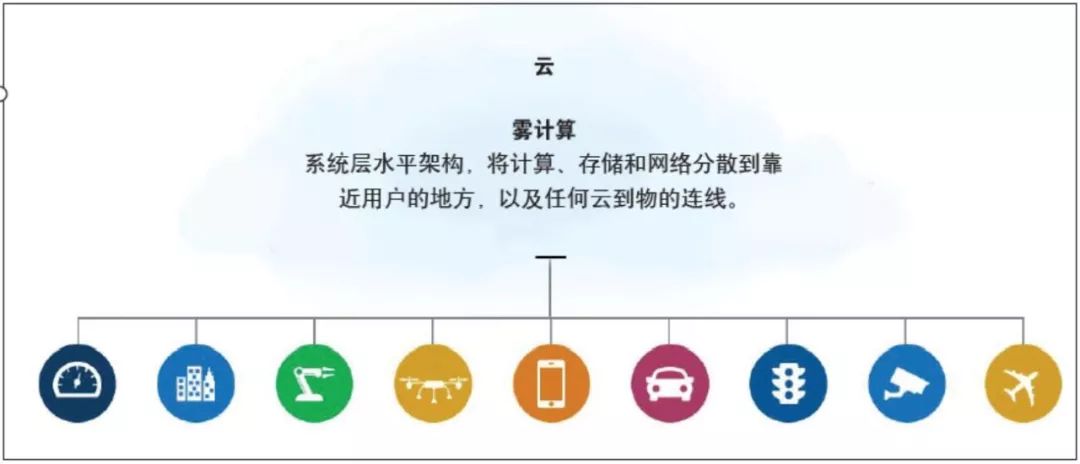
Figure 3: A schematic diagram of fog computing and its system layer horizontal architecture.
The 5 Advantages of Fog Computing
Security, Cognition, Agility, Latency, and Efficiency (SCALE) can be described as the main advantages of fog computing. While selected IIoT devices and technologies can address specific issues, fog computing meets more demands for security, agility, and efficiency.
1. Security: Traditional manufacturing security measures focus on perimeter-based threat detection protection for industrial control systems.New control requests are redirected to the cloud for authentication and authorization processing. Hardware and software updates are usually scheduled for the next planned downtime. If a threat breaches the firewall, a common response is to manually shut down the system to isolate and clean it, which can lead to a complete factory collapse. These processes are no longer sufficient to meet current demands.
With fog computing, local security functions can use the same IT policies, controls, and processes as the company.Most fog nodes include a trusted hardware root, which is the foundation of a trust chain from the lowest-level sensors and actuators up along the fog hierarchy to the cloud. Communications from the internet to the distributed fog network are monitored, and machine learning can detect anomalous activities in the local environment, allowing for timely detection of potential attacks.
If an attack is detected, fog nodes can protect critical factory networks by blocking the attacker’s communications, thus acting as a gateway.Highly sensitive data can be processed locally without ever leaving the manufacturing facility. Through low-cost, numerous IoT nodes, the fog architecture also provides a distributed cognitive function layer, allowing for economical and efficient deployment of blockchain across network scopes, even if some network elements lack the computing resources to achieve full area chain deployment.
2. Cognition: The fog architecture determines the best location for computing, storage, and control functions in the cloud-to-object connectivity.Decisions can be made either on numerous IoT node devices or through nearby fog nodes to avoid transmitting data to the cloud. Data can be efficiently and autonomously processed and analyzed locally. Filtered information is sent through the fog architecture to the data center at headquarters for analysis. This approach also supports future planning and long-term continuous improvement.
Smart sensors can make autonomous decisions and trade-offs in manufacturing execution.Interconnected machines can communicate in the production environment, learning from each other’s decisions and gradually improving performance over time.
In particular, the fog architecture can recreate the skills of experienced operators by creating digital twins that utilize data collected from sensors installed on production tools.Digital twins are digital replicas of physical assets, processes, and systems that provide insight into how equipment operates throughout its lifecycle and responds dynamically. By simulating through digital twins, an operator can monitor and manage multiple devices across various locations, even simultaneously managing past, present, and future data.
This allows fog-based infrastructures to learn from past histories, providing real-time control over current production processes and inferring the production parameters needed for future operations, all integrated within the same system. The digital twins implemented in the fog layer allow operators to simulate changes in process parameters in a mode very close to actual factory operations without affecting product quality, damaging production equipment, or creating unsafe conditions.
3. Agility: The production environment may cause fluctuations in data and output.Through the hierarchy of fog nodes, fog can manage inconsistent demands in the system, distributing loads to underutilized machines. The hierarchy of fog nodes can form dynamic groups for exchanging information for efficient collaboration. For example, if a factory’s production capacity is insufficient, production tasks can be transferred to idle asset equipment from another company.
The ability to dynamically change also helps coordinate and control information between machines. For instance, if Machine 1 drills a hole in a metal plate, Machine 2 will subsequently insert a screw. If the hole made by Machine 1 deviates from the specified position beyond a certain range, product identification and deviation information will be sent to Machine 2, which will automatically adjust to prevent defective products from occurring.
Fog computing also facilitates a richer, software-based production environment. As factories shift towards customized, low-inventory, high-mix production schedules, the ability to reprogram fog nodes within the hierarchy will help keep digital enterprises ahead.
4. Latency: Many industrial control systems require end-to-end latency to be maintained within sub-milliseconds, a requirement that mainstream cloud service providers cannot meet.In factories, latency of 10 microseconds may be needed to prevent production line stoppages, avoid accidents, restore power, or correct manufacturing errors. Fog nodes reduce latency by eliminating the time lag caused by round trips between production line sensors to the cloud and back again. This lag includes transmission delays to the cloud (wireless or fiber devices), queue delays, and cloud server delays, which can exceed 100 milliseconds even in well-designed cloud networks. Local fog nodes can respond to operational conditions and make decisions within milliseconds.
It is worth noting that fog nodes can help robots and unmanned machines operate according to predetermined patterns.Robots and unmanned machines require complex rapid motion sequences. To ensure safety and precision, controlling these motions must be accomplished in milliseconds or microseconds. Introducing too much latency into the control system can destabilize control over physical devices. Fog-based systems offer the versatility of the cloud while reducing certain latencies to help ensure the stability of control systems.
5. Efficiency: Interoperability is key to operational efficiency.As industrial systems evolve from specially built and discrete systems to software-defined and modular systems, manufacturers have realized that the complexity of connecting systems and sensors using different protocols and communication methods leads to insufficient interoperability. Fog nodes can act as translators or protocol gateways for these legacy systems. Fog nodes collect and normalize data from different formats and protocols through device sensors and connections between sensors and systems, enabling sensors and systems to easily connect without needing to know the different access methods for each system.
Fog computing also improves system efficiency by balancing peak capacities of available machines. In every factory, fog nodes collect, aggregate, and analyze necessary data related to general production capacity. Virtual platforms dynamically interconnect fog nodes across different factories. Regardless of their location, the platform can create virtual fog node groups for nodes producing the same product. Data collected by fog nodes is sent back to the virtual platform for resource utilization decisions across factories.

Predictive and Proactive Maintenance
Predictive and proactive maintenance is considered one of the greatest benefits brought by IIoT.In practice, due to the complexity of sharing different data formats and protocols, the implementation speed in this area has been slow. Additionally, there are concerns about providing sensitive information to third-party maintenance providers outside the factory.
The fog architecture provides an interoperability layer for systems to ensure effective communication and operations between factory systems and maintenance. Fog computing helps identify equipment failures before aggregation processes. Fog nodes deployed on or near machines are connected to actuators for quicker problem resolution.
Fog nodes automatically select the most appropriate communication routes for equipment manufacturers and maintenance providers, securely and in real-time sending data to maintenance systems.
After analyzing the received data, if the maintenance system detects signs of failure, it will immediately check inventory for replacement parts and adjust schedules, thereby minimally impacting production. Minor deviations in sensor readings may indicate impending failures, allowing the system to repair them before catastrophic failures occur.
To maintain the confidentiality of factory data, fog nodes autonomously determine the content of the data and only send appropriate data to the required systems.Using data classification, encryption, and virtual private networks (VPNs) can provide more secure communications, significantly reducing the risk of inadvertently leaking proprietary information in any direction.
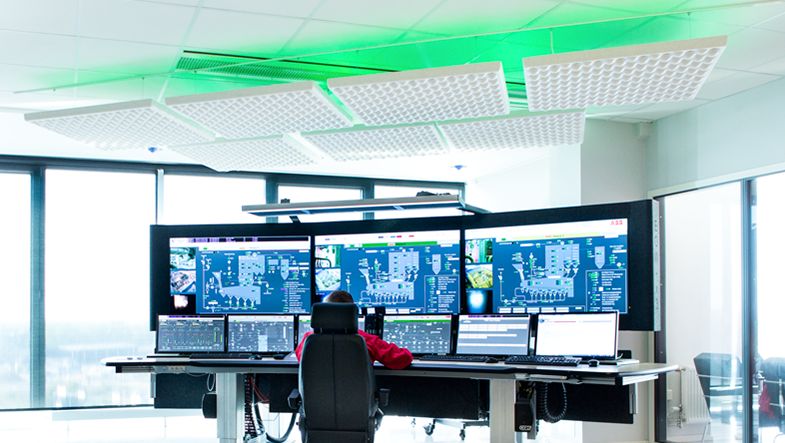
The 8 Pillar Models of Fog Architecture
Based on 8 advanced features referred to as pillars, the OpenFog Alliance has created an open, interoperable fog computing architecture. These 8 pillars are security, scalability, openness, autonomy, reliability, flexibility, hierarchy, and programmability. Below is a discussion of how they apply to automation environments.
1. Security: As mentioned earlier, security is crucial in fog environments.Fog enables production systems to securely transmit and process data in an end-to-end computing environment. In various applications, connections can be dynamically established from things to fog (T2F), fog to fog (F2F), and fog to cloud (F2C).
2. Scalability: By processing most information locally, fog computing can reduce the volume of data transmitted from factories to the cloud.This will improve cost-effectiveness for production resources and third-party providers, enhancing bandwidth performance. Computing capacity, network bandwidth, and storage size of the fog network can be dynamically scaled to meet demand.
3. Openness: The interoperable architecture defined by the OpenFog Alliance allows for resource transparency and sharing through open application programming interfaces (APIs).APIs also enable the factory’s production equipment to connect to remote maintenance service providers and other partners.
4. Autonomy: The autonomy provided by fog computing allows vendors to execute specified operations and share with other factory resources, even when communication with the data center is limited or nonexistent.This can reduce downtime on assembly lines through early detection of potential failures and predictive maintenance. Critical systems can continue to operate even without access to the cloud or when overloaded.
5. Reliability/Availability/Maintainability (RAS): The high reliability, availability, and maintainability design of fog nodes contributes to smooth operations in harsh, mission-critical production environments.These attributes facilitate remote maintenance and predictive maintenance functions, expediting any necessary repairs.
6. Flexibility: Fog computing allows for rapid localization and intelligent decision-making within fog systems.Minor faults in factory production equipment can be detected and addressed in real-time, allowing production lines to quickly adjust to new demands. Flexibility also supports predictive maintenance, reducing factory downtime.
7. Hierarchy: Whether on the manufacturing site or not, the fog architecture defined by OpenFog allows operations between devices or machines to fog, fog to fog, and fog to cloud.It also allows for the operation of multiple mixed services on fog nodes and the cloud. Monitoring and control of manufacturing, operational support, and business support can be achieved in the dynamic and flexible hierarchy of multiple fog nodes, where each component of the factory control system can operate at the optimal level of the hierarchy.
8. Programmability: Reallocating and readjusting resources based on business needs can enhance factory efficiency.With fog-based programming capabilities, dynamic changes can be made to production lines and factory equipment while maintaining overall production efficiency. It can also create dynamic value chains and analyze data on-site rather than sending it to the cloud.
By deploying IIoT technologies, interconnected production environments greatly benefit manufacturing enterprises. However, fundamental challenges remain, such as incompatible systems and the volume, speed, and security of data that busy networks need to handle. Fog computing provides an open, interoperable, and secure architecture that enables enterprises to seize optimized opportunities in this sensor-driven world.
Although fog computing is still in its early stages, manufacturers and process engineers hope to reshape the manufacturing world through this distributed open architecture approach, which presents a tremendous opportunity.
This article is from the August 2018 issue of CONTROL ENGINEERING China, titled: How Fog Computing Empowers Industrial IoT?
————Editor’s Recommendation————

————This Issue’s Magazine Cover————
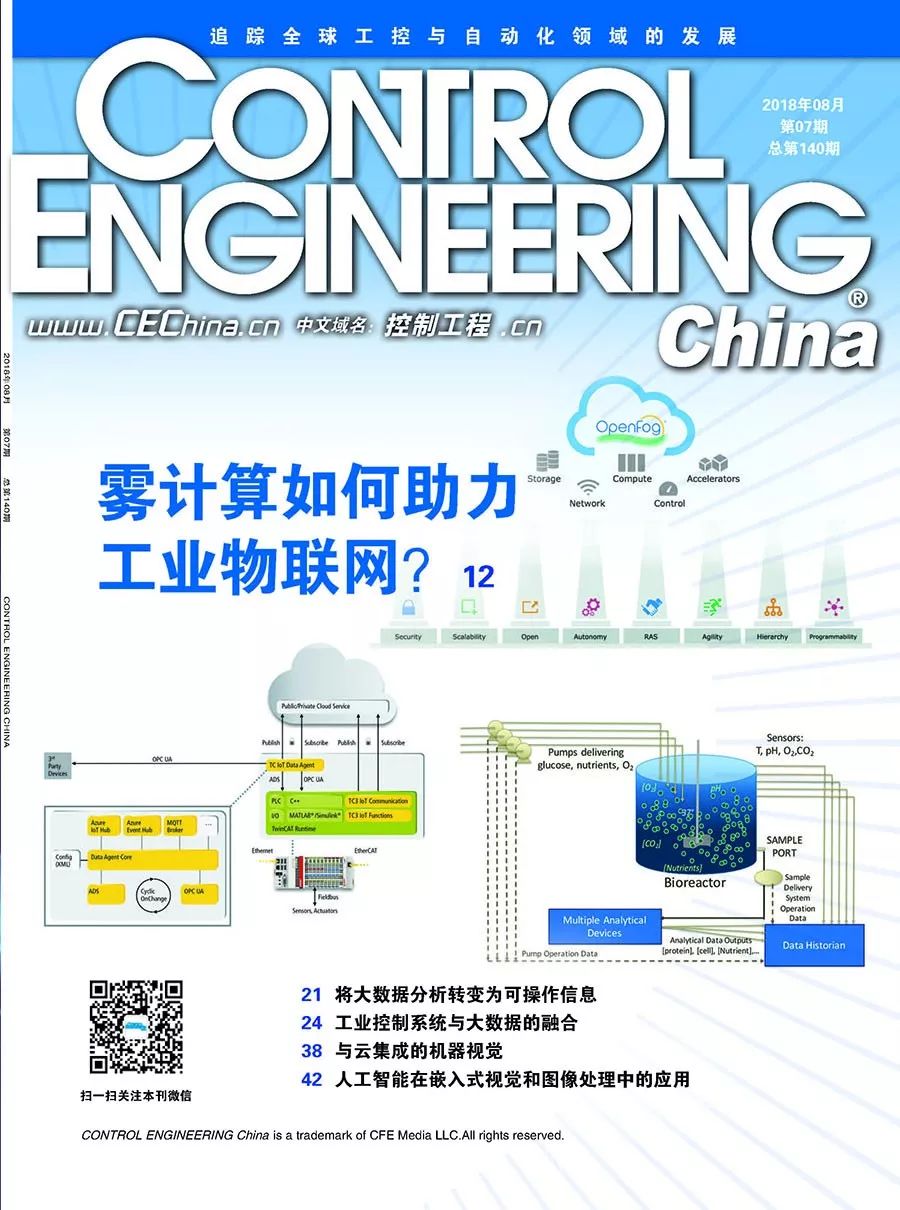
To read every issue of the magazine for free, please follow the WeChat subscription account of CONTROL ENGINEERING China.

Recommended Reading
-
Master OPC UA TSN in One Article – The Future of Industrial Communication Standards
-
[Alternative Innovation] This R&D Laboratory Surprisingly Used DCS! The Result Was Unexpected…
-
Eye-Opening! Cutting-Edge Technology – Using Supersonic 3D Robotic Water Jets to Cut Aircraft Engine Rotor Blades
-
How to Design Automation Products That Users Love? What Are the Latest Design Trends? Hear What Engineers Have to Say
-
[Technical Progress] Mobile Apps and Bluetooth Connections Make Inverters Safer and Easier to Use
-
[Video] Stunning! A “Fox Bat” Appeared at Today’s World Robot Conference
-
[Technology Outlook] The Role of PLC and CNC in Future Factories
-
[Exclusive Perspective] The Hidden Logic Behind GE’s Attempt to Sell Its Industrial Internet Business, Predix?
